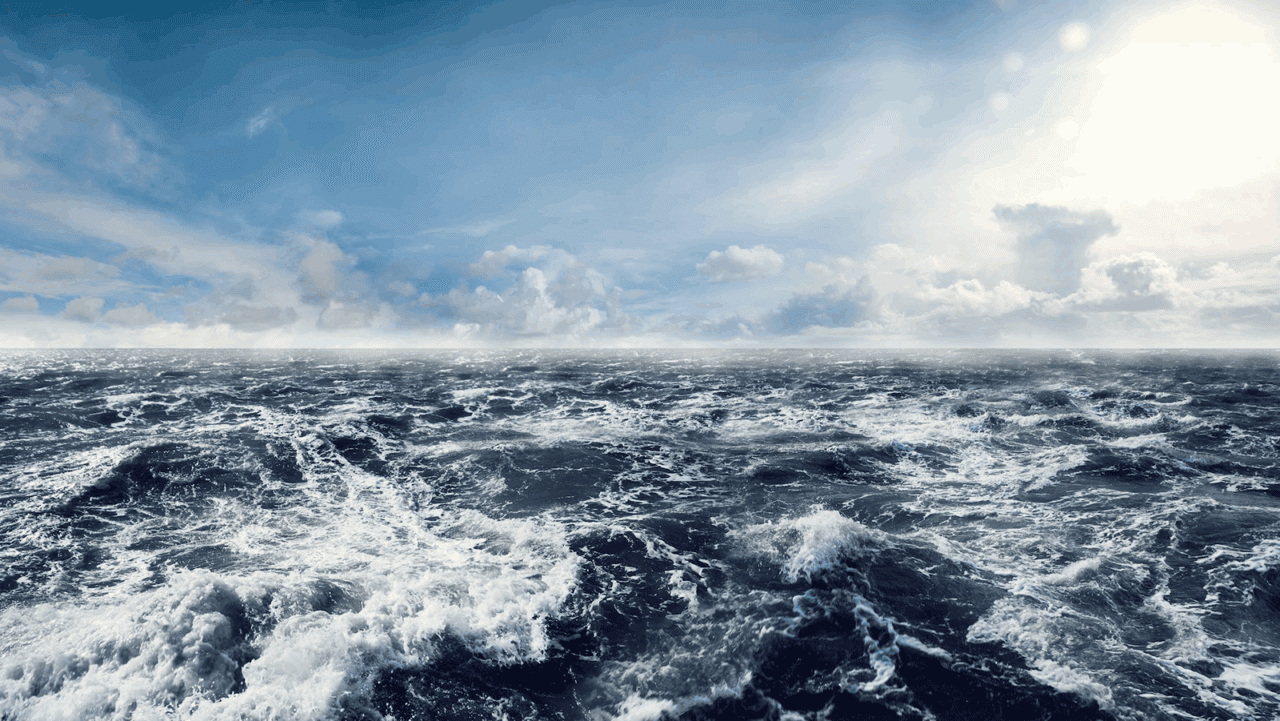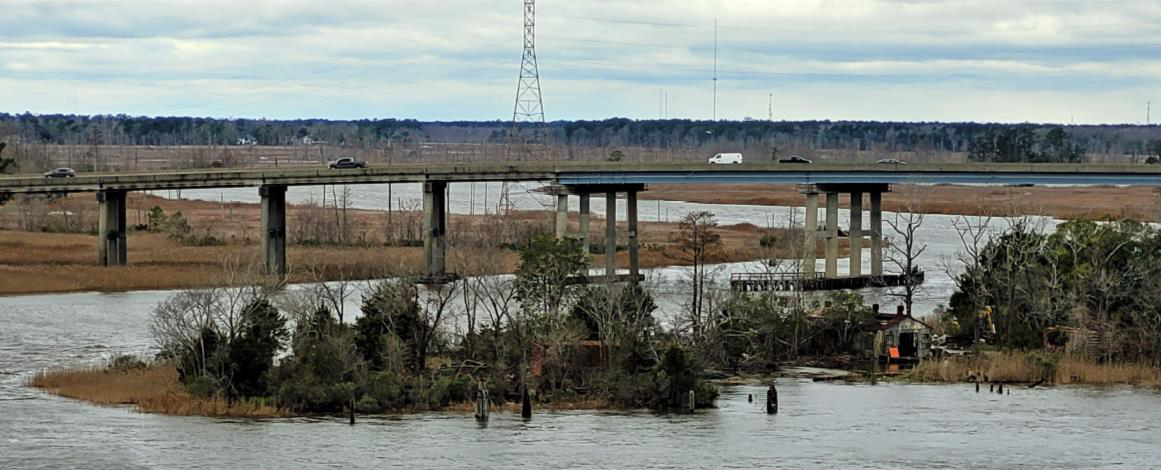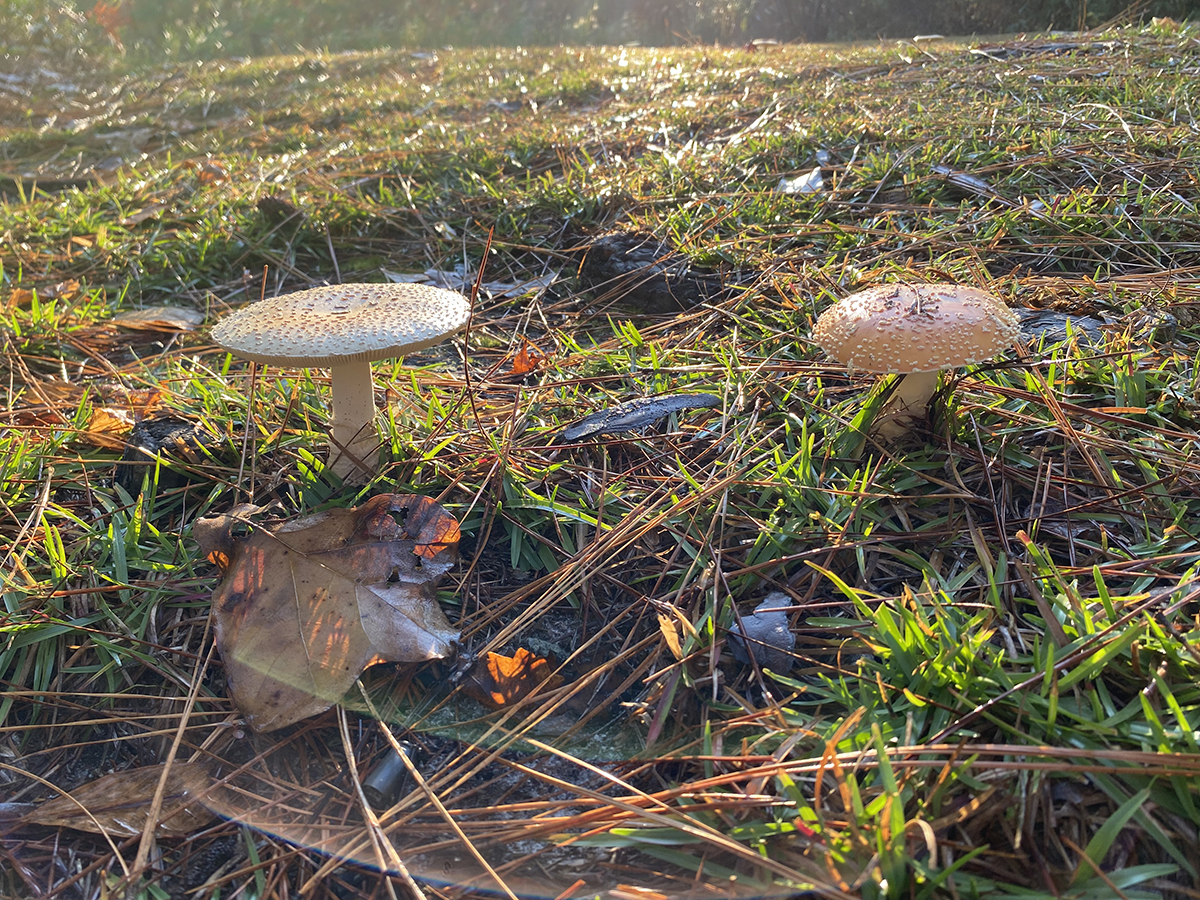
Shades of color are deepening in ocean waters, where water is getting greener in the polar regions, and turning bluer at the equator. A change that could have an effect on fisheries, according to a newly released study.
The changing colors indicate that concentrations of chlorophyll in the blue waters of the tropics and subtropics are declining while simultaneously increasing in the green-colored ocean waters at the Earth’s poles, the authors explain in the paper published Thursday in Science journal.
Supporter Spotlight
Chlorophyll is the green pigment that give things like plants and algae their color. In the ocean, chlorophyll concentrations are a measure of phytoplankton, or microscopic plants that are the base of the ocean food chain and convert sunlight into energy through photosynthesis.
“This is the first time that we say, okay, if we look at our ocean globally, we would say see, we have high chlorophyll concentration in the north high latitude, but we have low chlorophyll concentration in the subtropical and tropical region,” Dr. Haipeng Zhao said. Zhao is first author of the study and a postdoctoral researcher who worked with Dr. Nicolas Cassar, a professor of biogeochemistry at Duke University’s Nicholas School of the Environment, and Dr. Susan Lozier, a professor of earth and atmospheric sciences at Georgia Tech.
Why this is happening will take further investigation, as does how it may impact coastal fisheries.
For this study, researchers analyzed two decades’ worth of satellite data collected by a NASA instrument that scans the globe every two days.
The team focused on the open ocean.
Supporter Spotlight
“There’s still a lot of limitation by using satellite data to observe the coastal change of phytoplankton because, in the coastal border, the sediments, a lot of minerals, they just come to the surface of the ocean and that makes it difficult for the satellite to detect whether it’s the phytoplankton blooms or something else,” Zhao said. “But we think (these areas) are very important.”
More than half of the world’s fish catch comes from tropical and subtropical regions, according to the study. A significant amount of that catch comes from coastal fisheries within those regions.
“Although our study focuses on open ocean waters, any persistent changes in these areas could profoundly affect low- and middle-income nations, such as Pacific Island nations, that rely on fisheries for sustenance and economic development,” the study states. “Future investigations should focus on these regions to provide a more comprehensive understanding.”
The authors note that it will be particularly important to study how climate change may be affecting these changes.
This study does not correlate the changes in chlorophyll concentrations with climate change.
The satellite records researchers analyzed go back no more than 20 to 25 years, Zhao said. That’s a relatively short amount of time in terms of changes in the ocean process.
Researchers looked at different variables, such as wind speed, water surface temperature, and sunlight, to see how those may be affecting the changes they noted in chlorophyll concentrations.
“But we did find that the water is getting warmer, which is widespread increase in the temperature in the global ocean,” he noted.
The global ocean is complicated to study, he said. It involves currents and the moving of a lot of materials, like sediments, through the water.
“I think we need to get a lot of support to continue the research,” Zhao said.
That will entail getting away from solely relying on satellite observation and physically traveling to the open ocean to collect more data, he said.
“That will increase our confidence and I think that will generate more evidence to support our conclusion,” Zhao said. “At least we have already observed and what has been striking to tell people is our oceans are changing and it has potential impacts to everywhere.”







